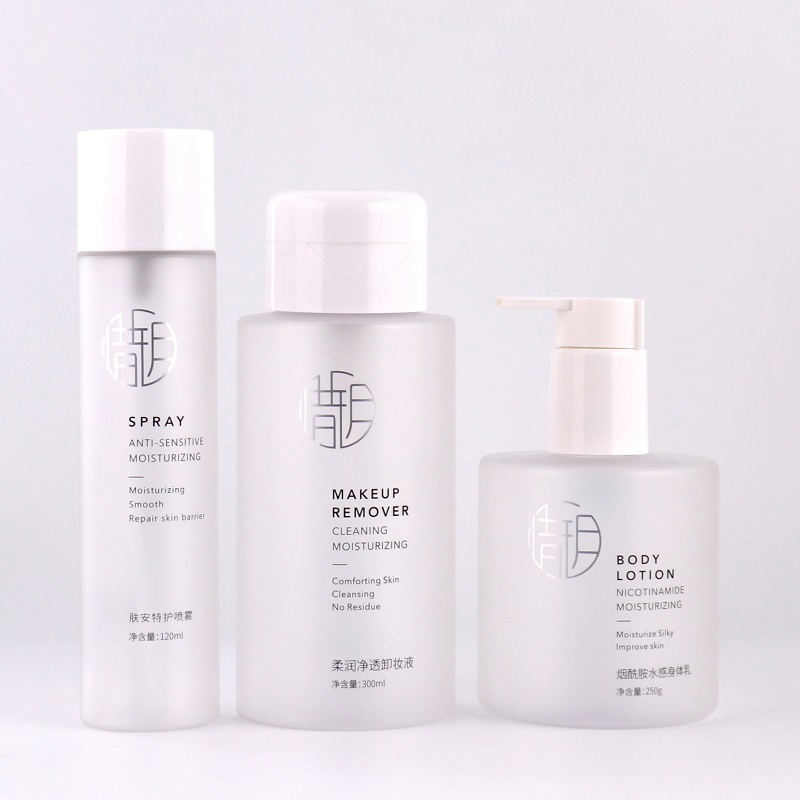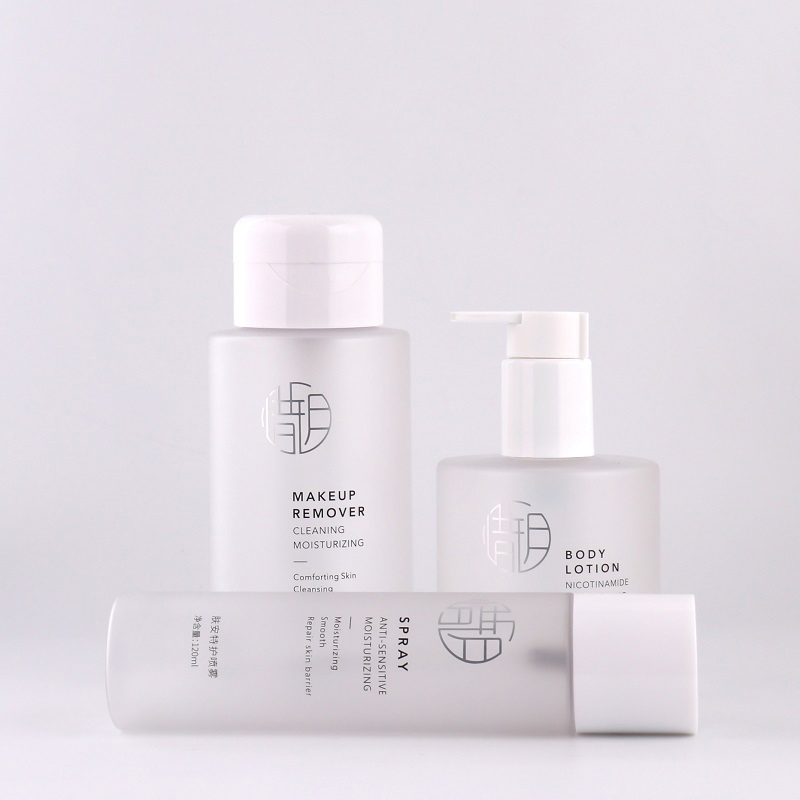Cosmetic packaging materials should highlight the novelty and highlights of the product, and enhance its market competitiveness. Because consumers are often attracted by the beauty and color of the product packaging when choosing products.
So what processes are required for the production of cosmetic packaging materials? The production process of cosmetic packaging materials is mainly divided into two processes: coloring and printing.

1. Coloring process
Electrochemical aluminum: Aluminum exterior, wrapped in an inner layer of plastic.
Electroplating (UV): Compared to spray painting, the result is a bright color.
Spray coating: Compared to electroplating, the color produced is dull and matte.
Inner bottle outer spraying: It is spraying on the outside of the inner bottle, with a clear gap between the outer bottle and the outer bottle when viewed from the outside, and a small spray area when viewed from the side.
Inner spray painting on the outer bottle: It is done on the inner side of the outer bottle, which appears to have a larger area from the appearance, a smaller area from the vertical plane, and no gaps with the inner bottle.
Brushing wrapped in gold and silver: It is actually a membrane, and careful observation can find gaps in the connection on the bottle body.
Secondary oxidation: It is the process of secondary oxidation on the original oxide layer to achieve a smooth surface covered with dark and matte patterns or patterns with smooth and matte surfaces. It is commonly used in logo production.
Injection molding color: It is the process of adding color powder to the raw materials during product injection molding, which is relatively inexpensive. Pearl powder can also be added, and adding too white powder will make the transparent color of PET become opaque.

2. Printing process
Screen printing: The effect of printing on it has a noticeable concavity and convexity, as it is a layer of ink.
Regular bottles (cylindrical) with silk screen printing can be printed in one go, while other irregular ones cost one go, and the color is also a one-time cost, divided into two types: self drying ink and UV ink.
Hot stamping: It is a thin layer of paper that is hot stamped on top, so there is no concavity or convexity of silk screen printing.
It is better not to directly apply hot stamping on PE and PP materials. It is necessary to first perform hot transfer printing before hot stamping, or if there is good gilding paper available, direct hot stamping can also be used.
Water transfer printing: It is an irregular printing process carried out in water, resulting in inconsistent patterns and more expensive prices.
Heat transfer printing: Heat transfer printing is mostly used for products with large quantities and complex printing, which belongs to attaching a layer of film on the surface and is relatively expensive.
Offset printing: It is commonly used for aluminum plastic hoses and all plastic hoses. If the offset printing is made of colored hoses, it is necessary to use silk screen when making white. Offset printing will have the background color transparent, and sometimes a layer of bright film or sub film will be attached to the surface of the hose.




